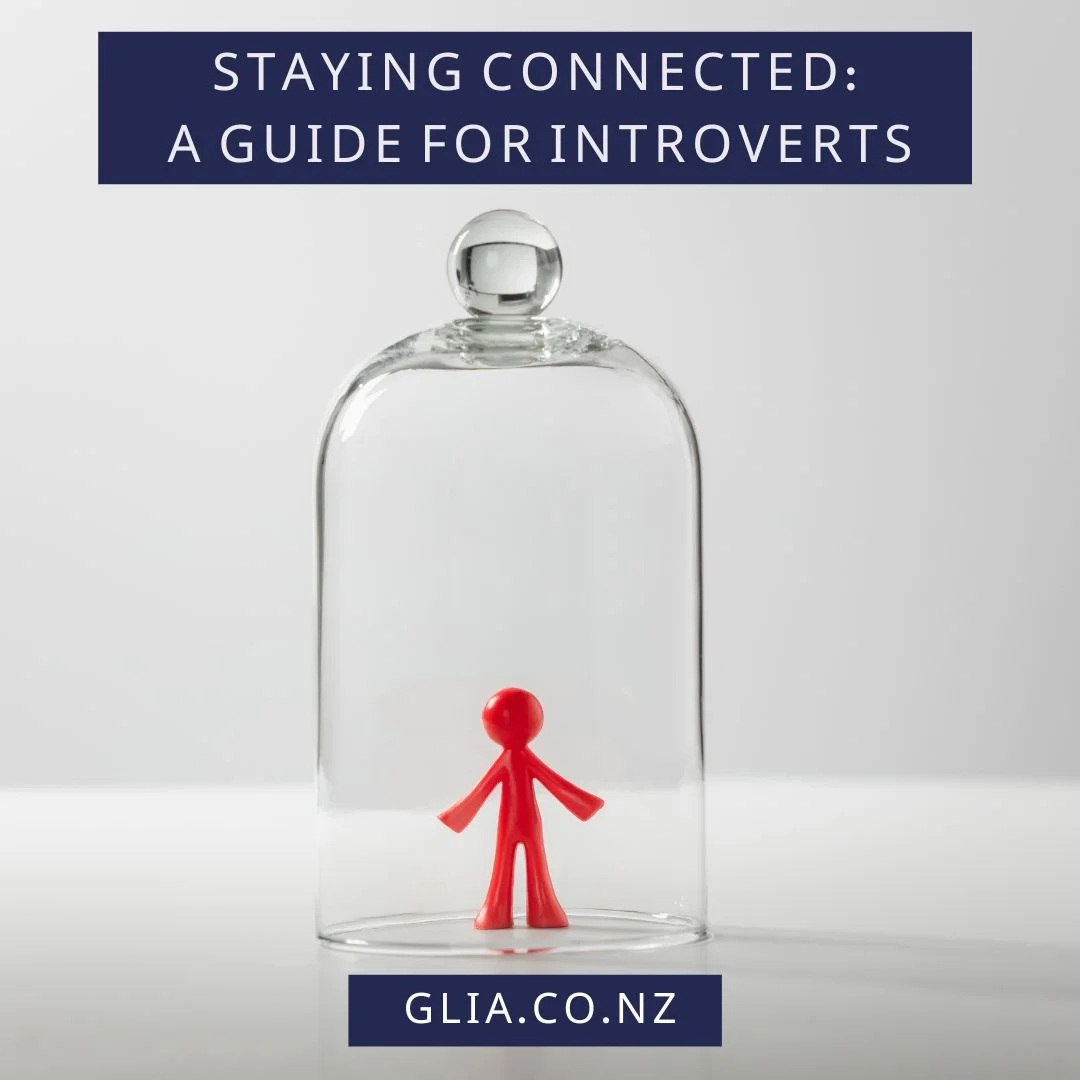"Combating Loneliness in an Ever-Changing World: The Power of Workplace Friendships"
In today’s fast-paced, remote-first world, loneliness is becoming a silent epidemic—and it’s spilling into the workplace. But there’s good news: friendships at work can change everything. From reducing stress and boosting resilience to improving job satisfaction, genuine connections with colleagues are more than just a nice-to-have; they’re a must.
In this blog, we explore the science behind workplace friendships, how they combat loneliness, and why they’re crucial for both personal wellbeing and professional success. Whether you’re a "blender" who thrives on work relationships or a "separator" who values clear boundaries, investing in the people around you is key to creating a thriving workplace culture.
Read the full blog to discover why workplace friendships matter more than ever.











